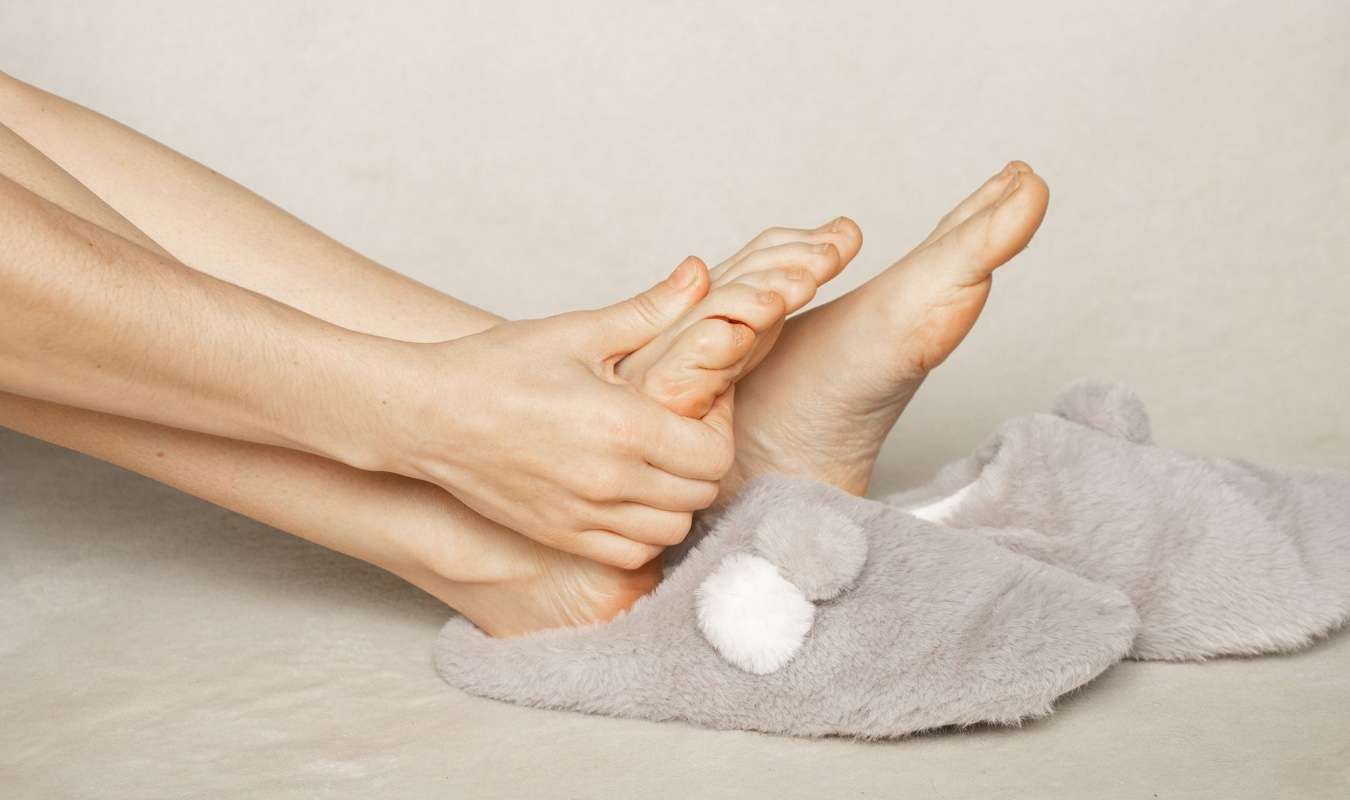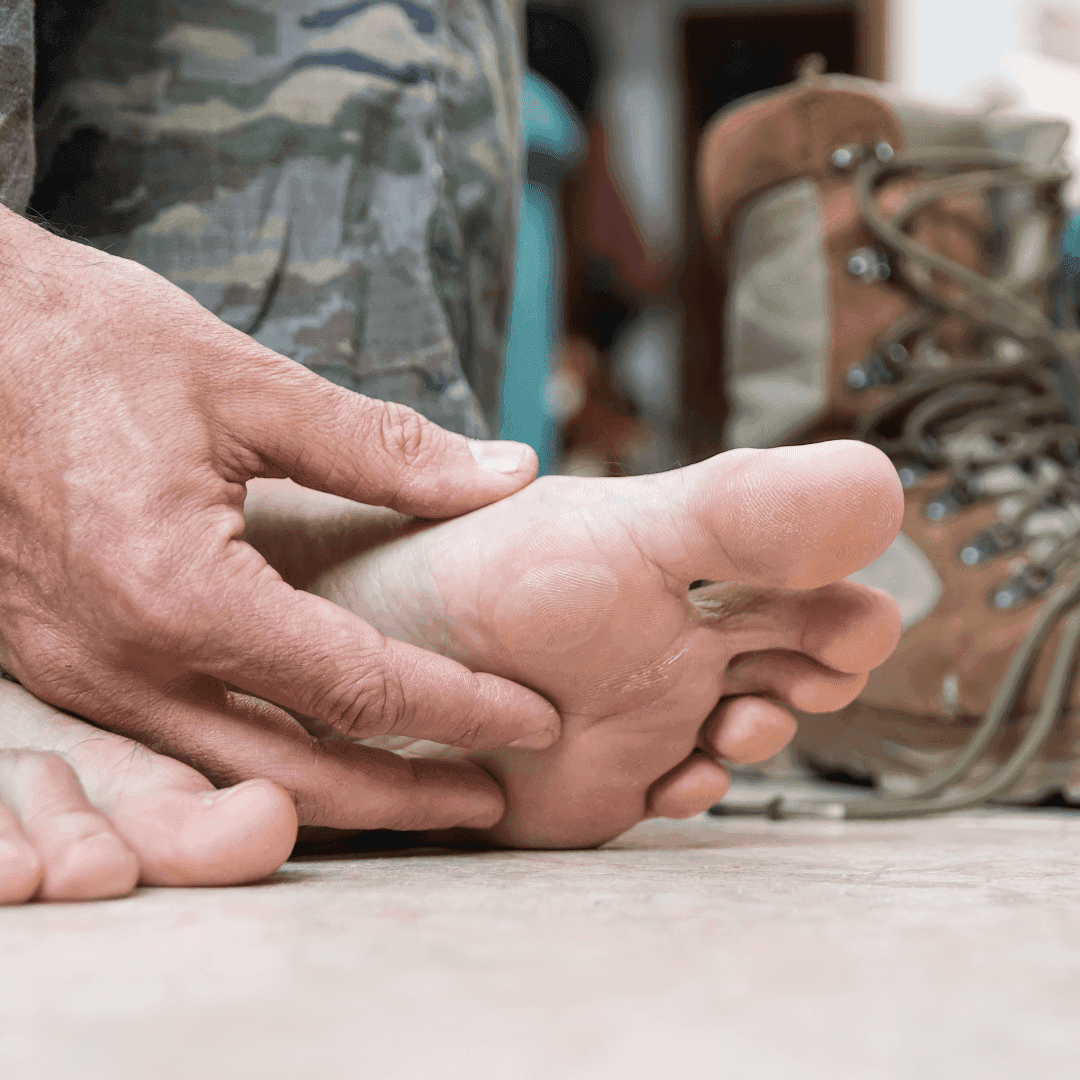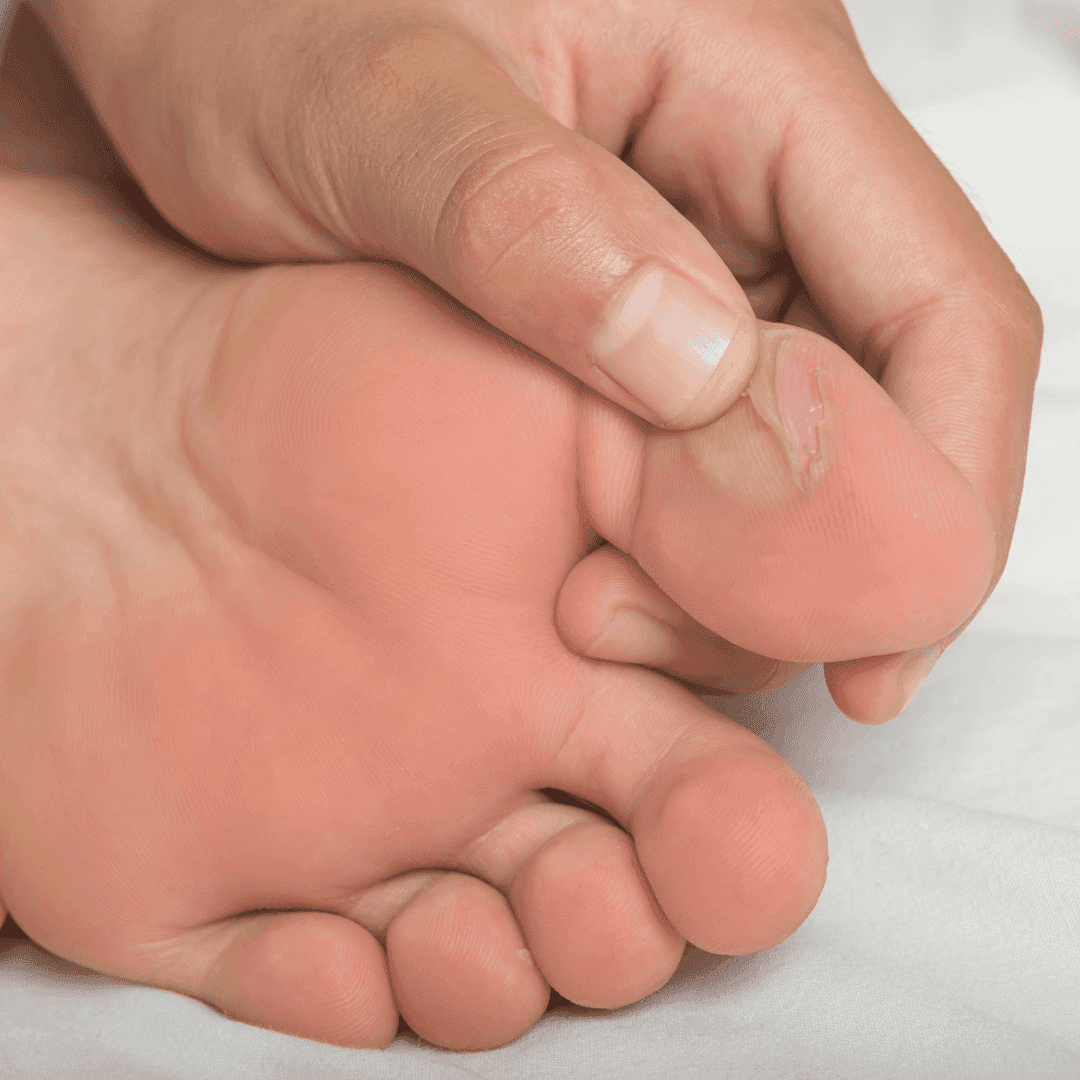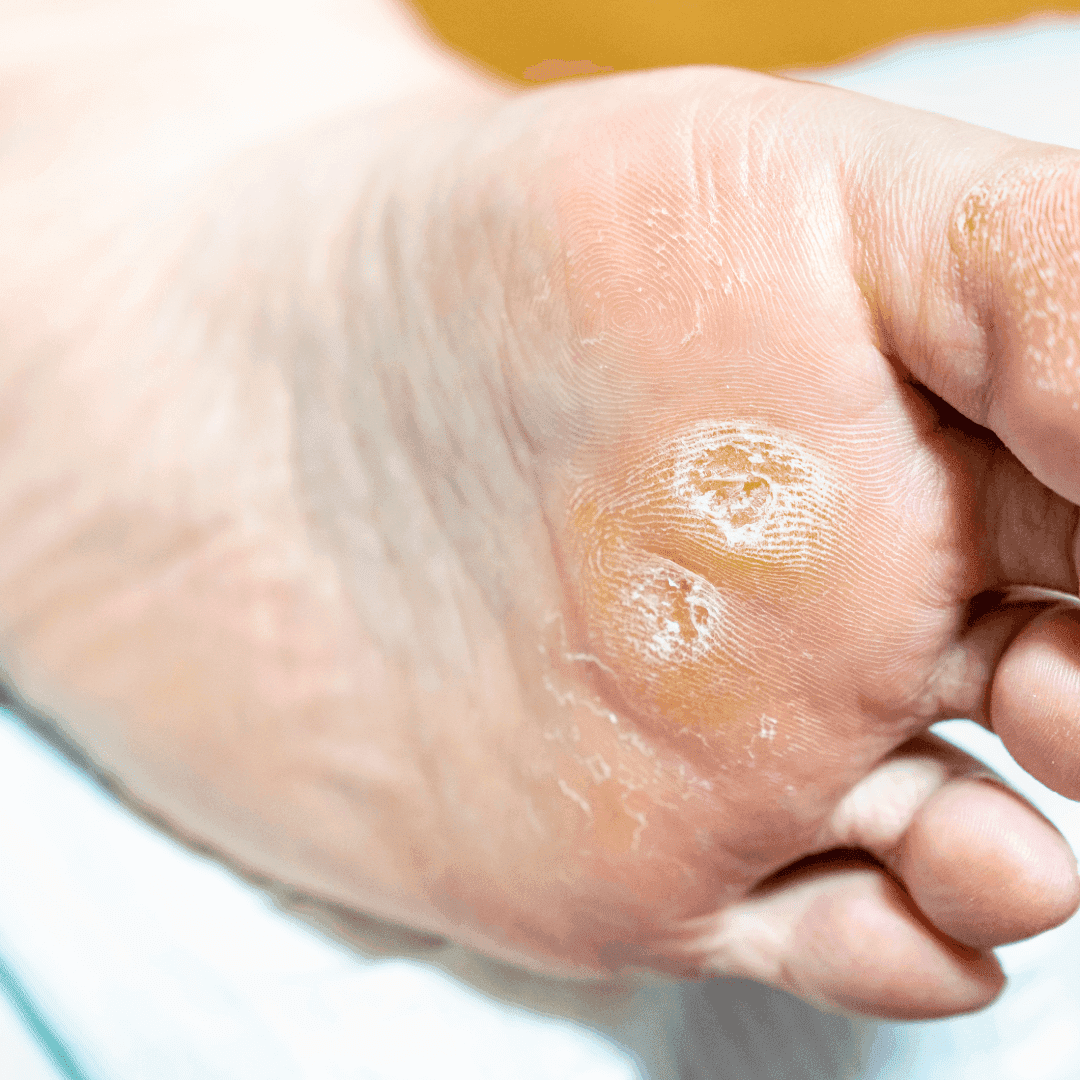Have you ever had that sudden sting of a blister forming after a long walk in new shoes or noticed a rough, hardened patch on your feet after a day of being on your feet? If you’ve experienced either, you know just how frustrating and uncomfortable these skin reactions can be.
Blisters and calluses might both pop up when our skin is under pressure, but they’re not the same thing—and knowing the difference can save you from discomfort and even help you treat them faster.
Let’s explore the differences between blisters and calluses, why each one forms, and the best ways to prevent and treat them.




